I'm attempting to create an application menu and toolbar in Delphi XE3 that looks like the following (from a program I have):

I'm able to replicate a portion of this look by doing the following:
- Create a new VCL Forms application
- Add a
TMainMenuand insert template menus for File/Edit/etc. - Add a
TCoolBarto the form - Add a
TToolBarto theTCoolBar - Add a
TToolButtonto theTToolBarfor each of File/Edit/etc. and choose the Group property - Delete the Menu property from the form (so no program menu shows)
- Assign the MenuItem property for each
TToolButtonto the corresponding File/Edit/etc. - Add a second
TToolBarto theTCoolBarbeneath the first one
Here's what it looks like:

It's somewhat similar but is still missing all the style elements to modify the look of the new application menu.
My question is, does anyone know of how to achieve a similar look, perhaps with a third-party component library? It seems likely that the original developer used a third-party VCL library. I'd like the drop shadow in addition to the styled menus and TCoolBar.
I've tried Raize Components, TMS Advanced Toolbars & Menus, and am in the process of trying DevExpress VCL components. None of them seem to provide a solution, but perhaps I'm not familiar enough with them yet to figure it out.
